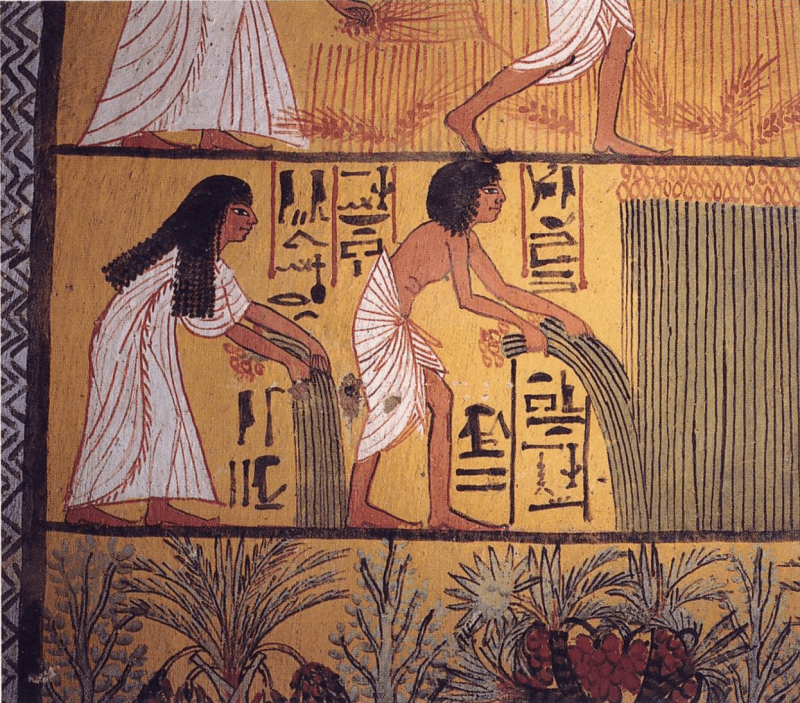The precise drivers of agriculture remain a matter of fierce debate. Were people pushed into relying on plants for food because of stresses such as growing populations or climate change? Or did plants lure people in by being so abundant and useful that it made sense to turn them into dietary staples?
Now, some of these questions are being answered, thanks in part to the growing field of archaeobiology—the painstaking collection and analysis of tiny plant seeds, charred food or plant parts, or pieces of human and animal bones—at sites all over the world. Moreover, new genetic technologies can chart not just the genetic changes in wheat, barley, rice, oats, and other crops as they were domesticated and cultivated, but they can also identify the ancestries of the first farmers and how both populations and agriculture spread.
…
First, plant domestication and cultivation sprang up in more places than previously thought, with the confirmed number of origin sites climbing from maybe three in the 1970s to as many as 24 today. Second, the past is littered with “lost” crops—wild plants that were successfully domesticated and cultivated but are not grown today. Re-run history a little differently, and we might be raising sumpweed (Iva) instead of corn on vast farms in Iowa. And third, the transformation to agriculture took place over thousands of years, with no single cause or motivation. Each crop tells its own story of a complex evolutionary dance between humans and wild plant progenitors, as both plants and humans took advantage of what the other could offer.































